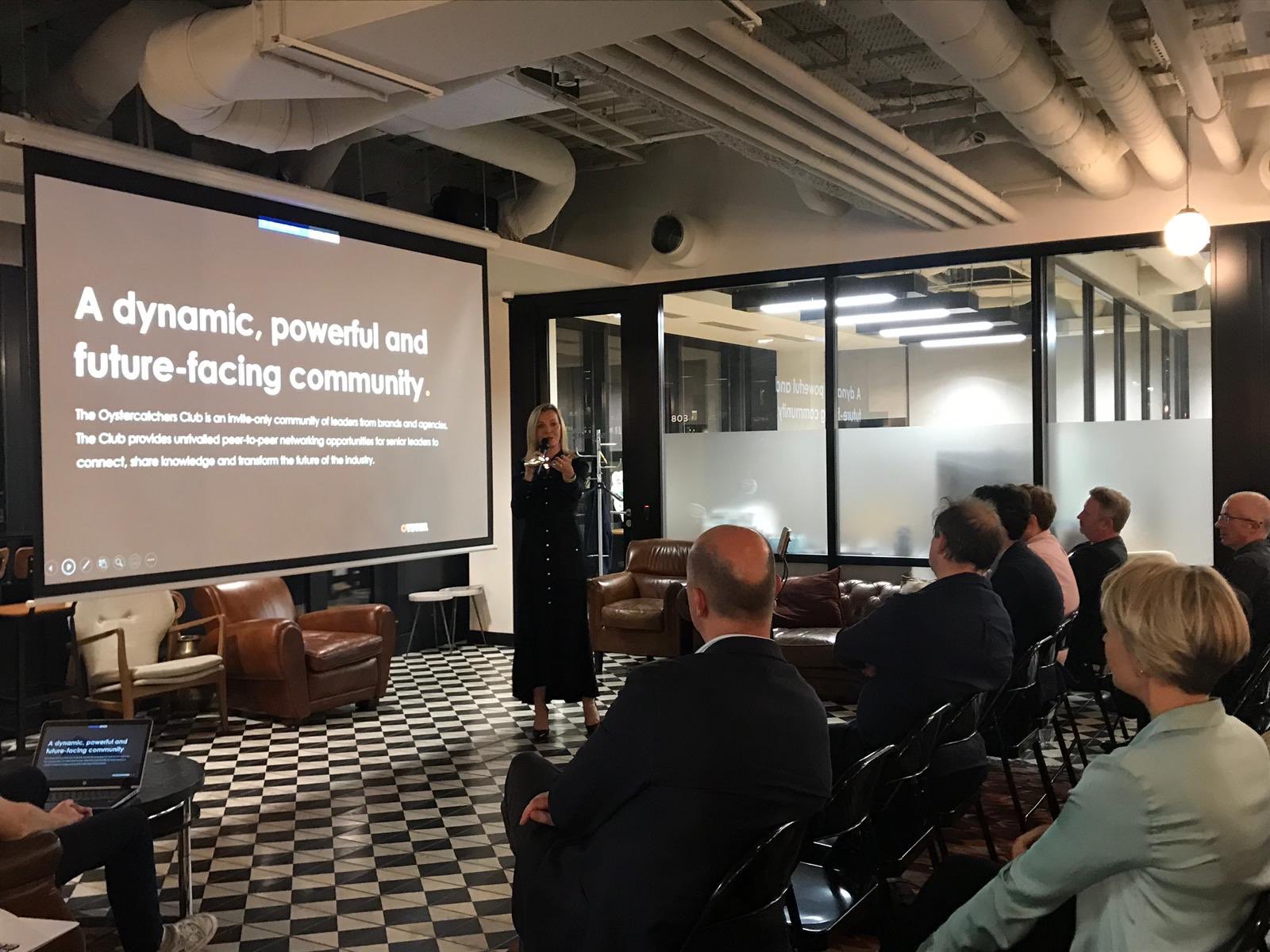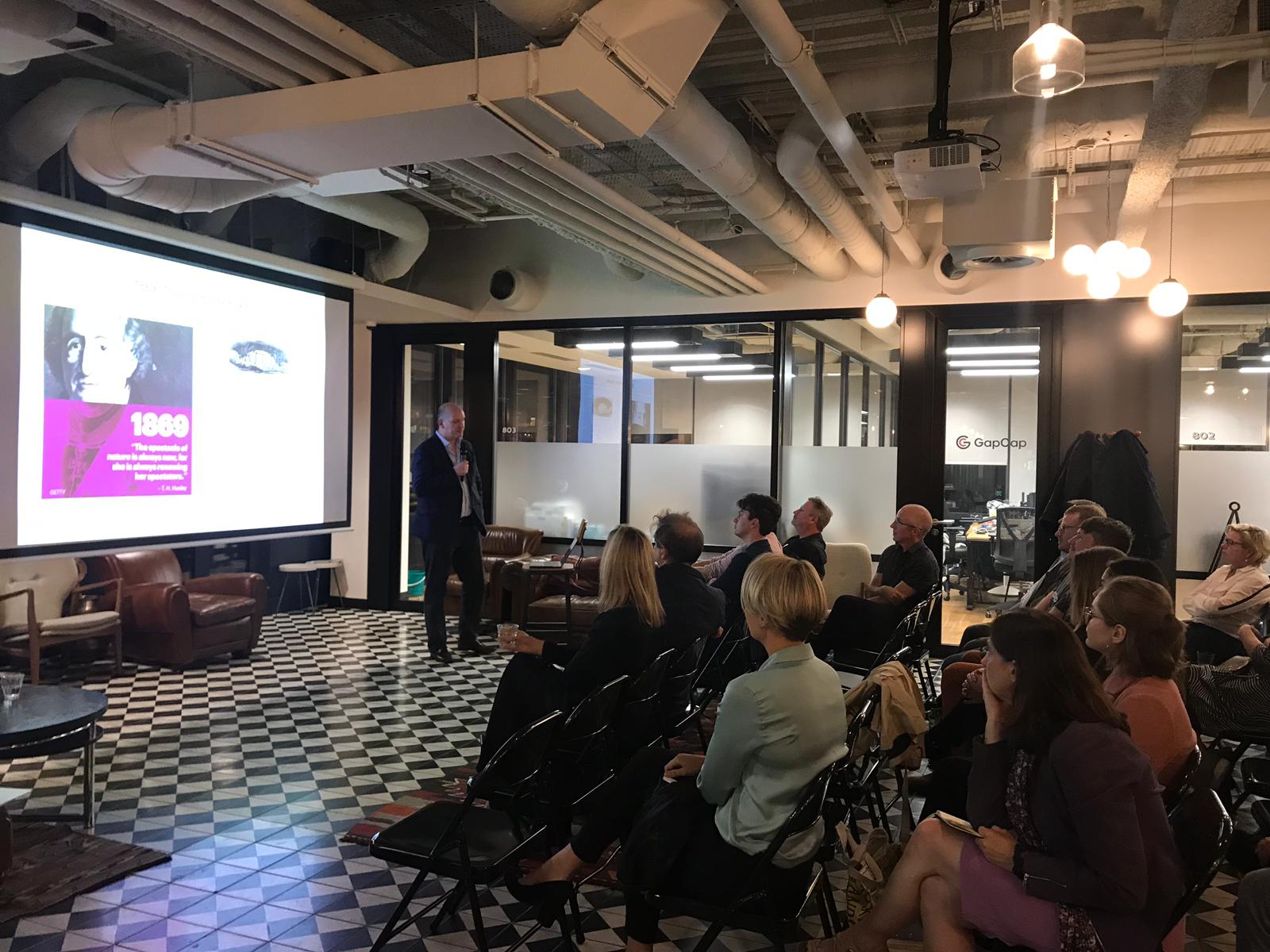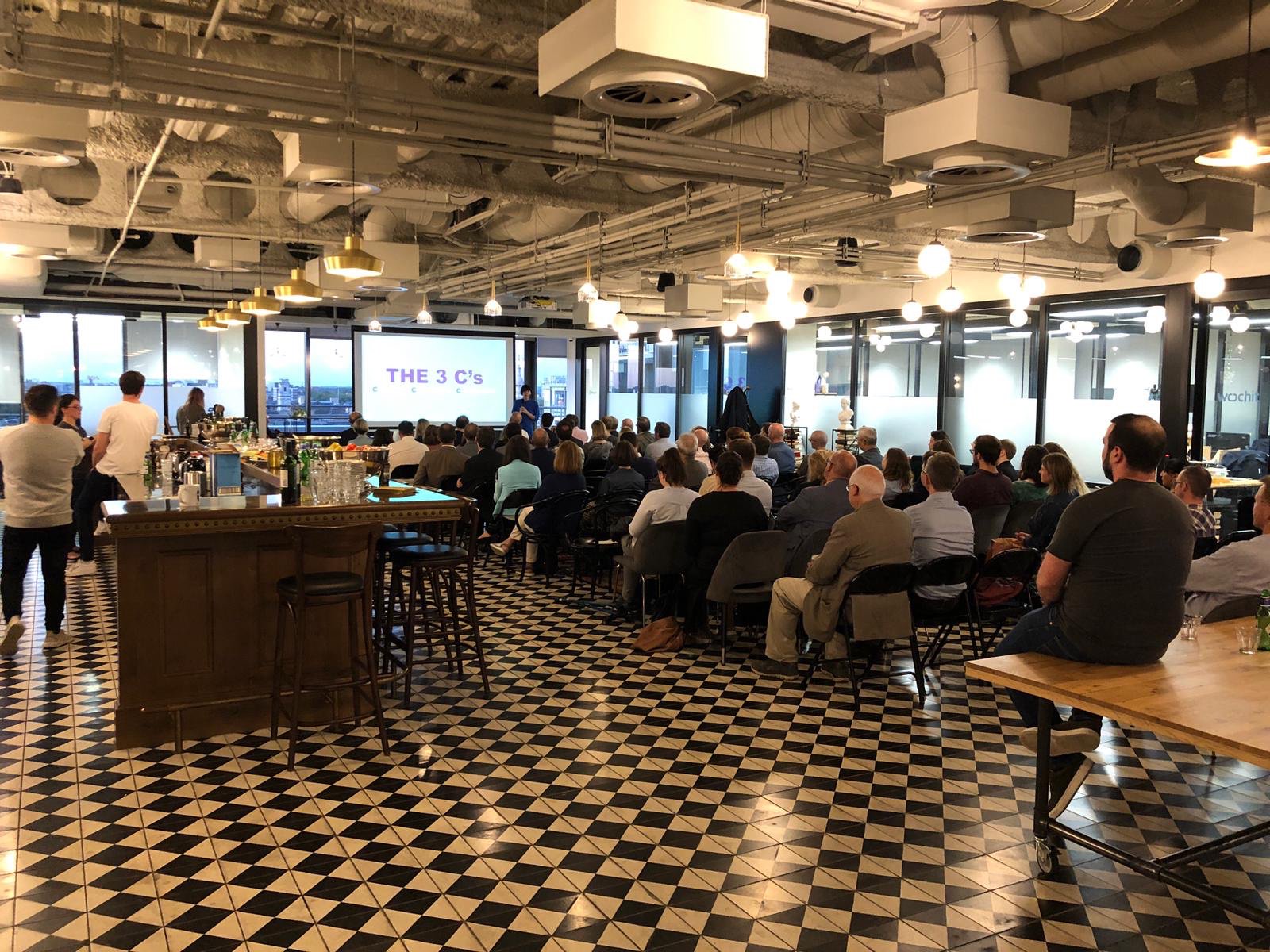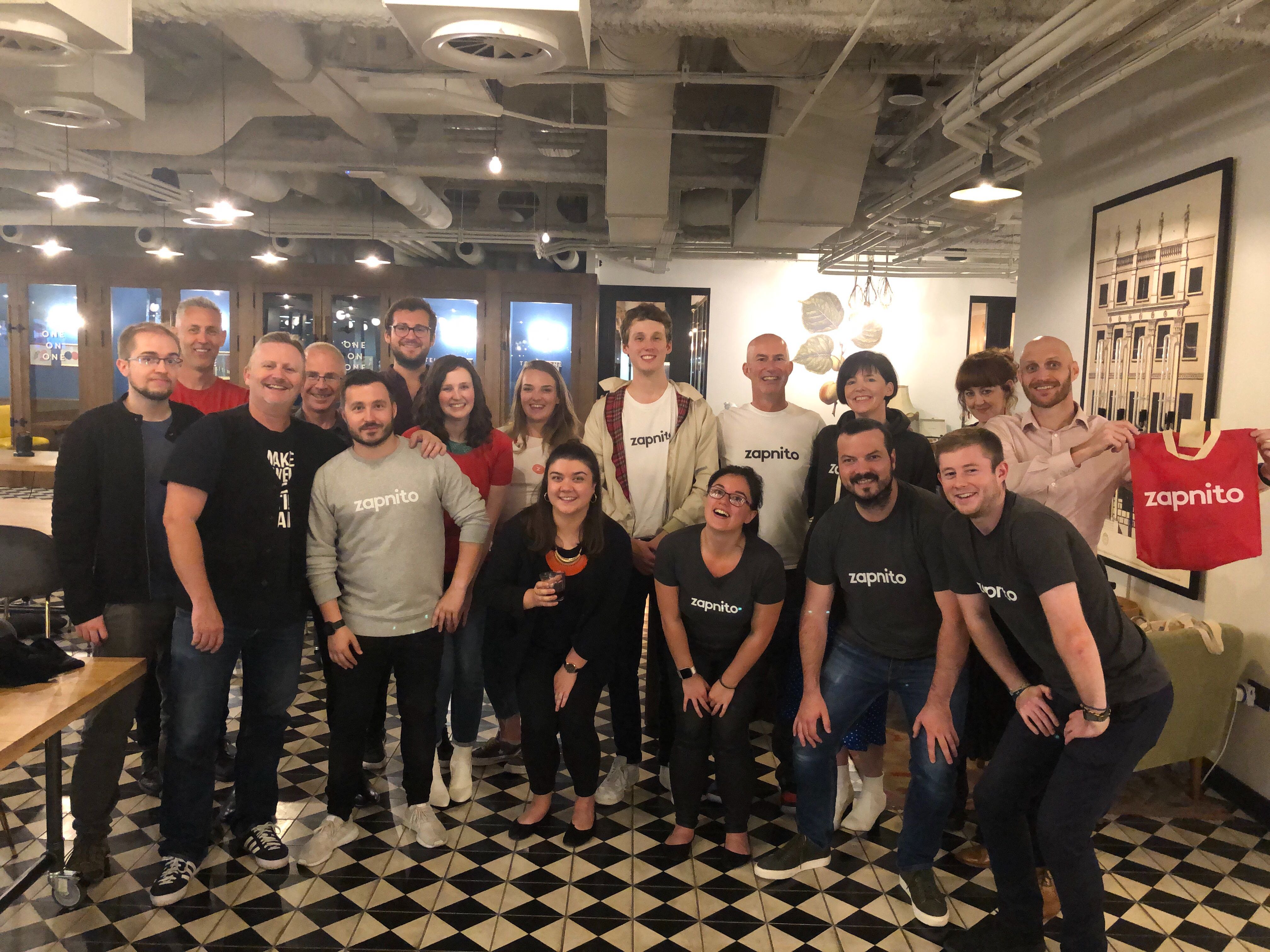10 lessons from Zapnito’s Community event

Held in Zapnito’s London office, attendees heard from Susanna Kempe - CEO of the Laidlaw Foundation, James Butcher - VP of Journals at Springer Nature and Suki Thompson - CEO of Oystercatchers and the newly launched Let’s Reset.
The event highlighted several important lessons on the power and potential of communities. We’ve summarised 10 of them below.
1. Bring your brand to life to set yourself apart
Online communities help Springer Nature’s publications stand out amongst the competition. There isn’t much scope in traditional science publications for human stories, for instance. But the company’s online community helps to bring this element to life. “Science is a human endeavour,” James remarked, “Our ‘Behind the Paper’ feature within the community gives scientists the chance to tell their story and convey what their work means to them. It’s been more popular than we could’ve imagined.”
2. Provide opportunities for your event buzz to continue
In her talk, Suki shared her journey in creating the exclusive membership club, Oystercatchers. Discussing how she wanted to take her physical community and its events to the next level, she turned to online communities and Zapnito as a way to bring people together more often. “Our attendees wanted to continue to discuss ideas that were introduced at our physical events. By having an online community, the debate and inspiration could go on,” she explained.

3. Test and validate new concepts quickly
Meanwhile, Springer Nature is using its online community to test new ideas and launch journals with fewer risks. “Launching new journals is hard and financially risky. We have to do our due diligence beforehand,” James stated, “Online communities that align with our new journals helps reduce risk. We can gauge if a publication is likely to succeed by how engaged (and large) its community is - and their feedback.”

4. Create a space of inspiration by elevating expertise
Content that’s been tailored to the community will extend beyond informational and educational. The best communities are the ones that inspire and unite their members. For Suki, the goal of the Oystercatchers community was to bring clients and agencies together. Not as a mere online listing, but a constantly evolving community that could foster and spread ideas. “We wanted Oystercatchers to inspire curious minds and make the industry better,” she said.
5. Recognise and reward member contributions
Of course, for someone to actively engage with a community they must feel that it adds value to their lives. They also have to feel valued themselves. Susanna discussed how expert communities can reward members for being involved. She advised, “Make them an offer they can’t refuse. Make them feel smart, recognised and rewarded for being a part of your community. Help them to make that connection with you that makes them feel great.”
6. Facilitate trusted, quality connections
Online communities are a powerful relationship-building tool. Clients and agencies develop deeper relationships via Oystercatchers. Similarly, Springer Nature’s community breaks down the barriers that have historically existed between editors and scientists. James explained, “The editors are the gatekeepers to each publication and need to be trusted. By connecting scientists and editors, the editors become known beyond a small network of people and scientists can better understand what content editors are looking for.”
7. Find your niche
Targeting your community to a unique and well-defined audience will help it grow and produce results. For Springer Nature, there are eight communities that cover different scientific disciplines. A chemist, for instance, has different interests and needs compared to a microbiologist or bioengineer.
In a similar vein, Oystercatchers targets senior business leaders and CEOs. No new business people can join, preventing sales pitches in the club, and members have to be senior enough to be able to stand on a stage and make a difference to the industry.
8. Put your people first
Susanna was keen to stress that building a community around a product was a shortsighted approach. “Your product is not your community,” she stated, “Instead, think about how to micro-target your users. Find out how they want to contribute and be a part of your community.”
Communities that exist solely to market to members won’t succeed in the long term. Taking a member-centric approach from the outset will deliver greater returns.

9. Profit still matters
However, many organisations have a mistaken view of communities. “When people talk about community, they often get it hideously wrong,” Susanna observed, “Communities are only interesting when it involves buyers - not just people who love you. That’s why forums don’t work.”
To get results from your community, you must attract people who will either buy from you, or ensure that other people do. It’s fundamentally about satisfying your target market at a profit.
That doesn’t always have to be monetary. As James asserted, Springer Nature’s ‘profit’ in building an online community comes from market insights and boosted brand reputation.
10. Measure, measure, measure
Which brings us onto the final pointer for online communities: always measure what’s working (and what isn’t). Feedback from your members is invaluable. For product development, marketing, sales and business planning. But also to ensure the success of your community.
Your community should never go stale. It has to always be improving. Constantly finding new ways to meet member needs. That’s how you ignite the power of your online community - today and for many years to come.






To access please sign in or register for free
If you are a registered user on Zapnito Knowledge Hub, please sign in